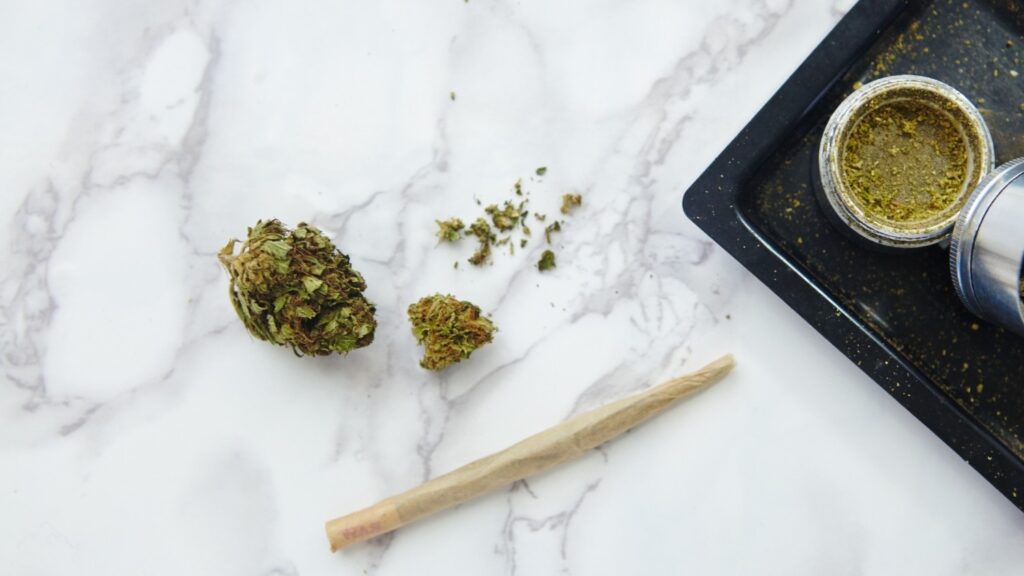How to Know If Ice Cream Has Gone Bad: A Complete Guide
Ice cream is a beloved treat enjoyed by people of all ages. However, like all dairy products, it can spoil over time. Knowing how to know if ice cream has gone bad is essential to avoid foodborne illnesses and ensure a delicious, safe dessert experience.
In this comprehensive guide, we’ll cover:
Signs of spoiled ice cream
How long ice cream lasts
Proper storage tips
Health risks of eating bad ice cream
FAQs about ice cream safety
Signs That Ice Cream Has Gone Bad
1. Changes in Texture
Fresh ice cream should be smooth and creamy. If you notice any of the following texture changes, it may be spoiled:
Ice crystals or a gritty texture – This happens when ice cream melts and refreezes, leading to freezer burn.
Graininess or separation – Spoiled ice cream may develop a lumpy or curdled texture.
Stickiness or excessive hardness – If it’s too hard to scoop or feels sticky, it may be past its prime.
2. Off or Sour Smell
Good ice cream should smell sweet and fresh. If you detect any of these odors, discard it:
A sour or rancid smell (like spoiled milk)
A chemical or off-putting odor
3. Unusual Color Changes
Ice cream should retain its original color. Watch for:
Discoloration or dark spots (could indicate mold or oxidation)
Yellowish or dull tones (a sign of aging dairy)
4. Strange Taste
If the ice cream tastes:
Sour or bitter
Metallic or stale
It’s best to spit it out and throw the rest away.
5. Freezer Burn
Freezer burn occurs when ice cream is exposed to air, causing:
White or grayish patches
Dry, crumbly texture
While freezer-burned ice cream isn’t necessarily unsafe, it won’t taste good.
How Long Does Ice Cream Last?
The shelf life of ice cream depends on storage conditions:
Storage Method Unopened Opened
Freezer (0°F or below) 2-3 months 1-2 months
After Melting & Refreezing Unsafe Unsafe
Note: Homemade ice cream lasts 1-2 weeks due to lack of preservatives.
How to Store Ice Cream Properly
To maximize freshness:
✔ Keep the freezer at 0°F (-18°C) or colder
✔ Store ice cream in the back of the freezer (away from temperature fluctuations)
✔ Seal the container tightly (press plastic wrap against the surface before closing)
✔ Avoid repeated thawing and refreezing (this promotes bacterial growth)
Health Risks of Eating Bad Ice Cream
Consuming spoiled ice cream can lead to:
Food poisoning (nausea, vomiting, diarrhea)
Bacterial infections (Listeria, Salmonella, E. coli)
Mold exposure (can cause allergic reactions or respiratory issues)
High-risk groups (pregnant women, young children, bad ice cream elderly, and immunocompromised individuals) should be especially cautious.
FAQs About Ice Cream Safety
1. Can you get sick from eating old ice cream?
Yes, spoiled ice cream can harbor harmful bacteria, leading to foodborne illness.
2. Is it safe to eat ice cream with freezer burn?
Freezer burn affects taste and texture but isn’t dangerous. However, if other spoilage signs are present, discard it.
3. Can melted and refrozen ice cream make you sick?
Yes! Once ice cream melts, bacteria can multiply rapidly. Refreezing won’t kill these pathogens.
4. Does unopened ice cream go bad?
Yes, even unopened ice cream can spoil due to temperature changes or extended storage.
5. How can I tell if dairy-free ice cream is bad?
Check for mold, off smells, or texture changes—similar to bad ice creamregular ice cream.
Conclusion
Knowing how to know if ice cream has gone bad helps prevent foodborne illnesses and ensures a tasty dessert experience. Always check for changes in smell, texture, and appearance before eating. Store ice cream properly to extend its shelf life, and when in doubt, throw it out!















